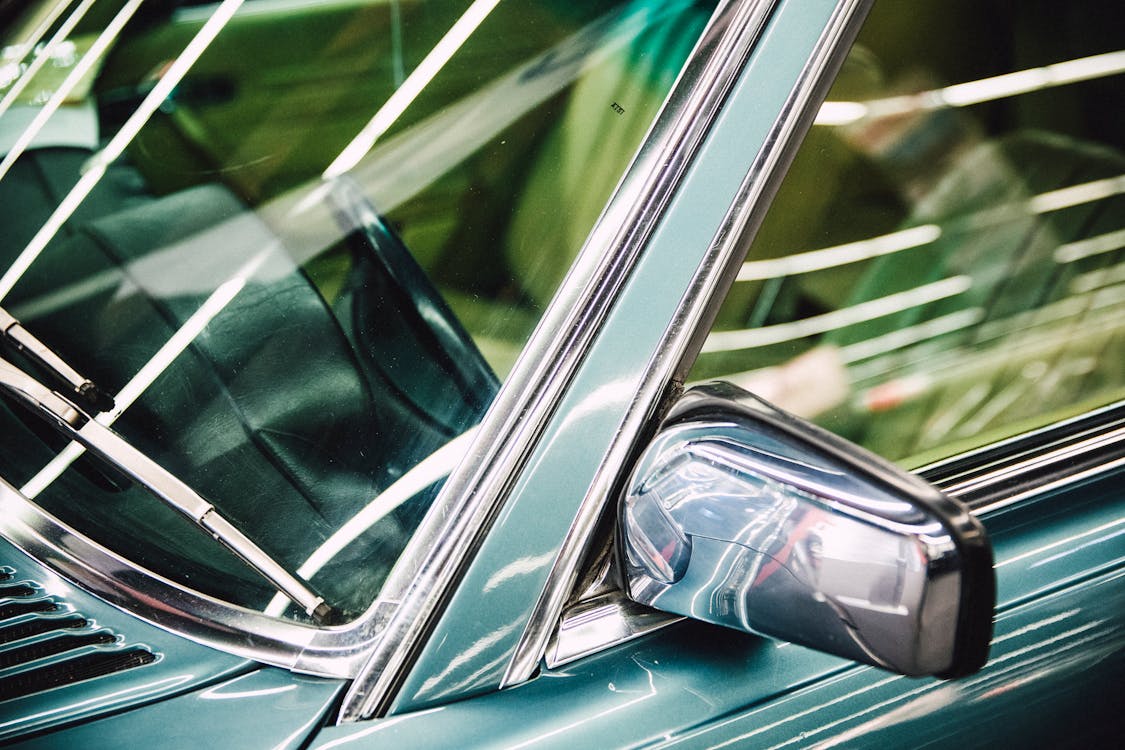Is There Any Alternative for Wipers?
Windscreen wipers have played an important role in car design and safety for more than a century, but now they are challenged with more technologically advanced water-repelling solutions. Since their first use in motor vehicles in 1916, wipers have become a common part of the car. Although very little has changed from their original design, they still have some inherent flaws that need to be addressed. Let’s look into the current state of wiper technology and possible alternatives that may replace them one day.
Attempts at shortcomings
Struggling to improve their limitations, car designers have patented a range of wiper improvements. As he had explained in his biographical feature film Flash of Genius, an engineering Professor Robert Kearns was driving his Ford Galaxie through light rain, hectic movement of wiper blades irritating his already impaired vision. In 1964, he patented the intermittent wiper system which moved every few seconds, just as the eye blinks. He tried to interest The Big Three (General Motors, Ford and Chrysler) in licensing the technology, but they rejected the proposal, while at the same time began installing intermittent wipers in their cars. Acting as his own attorney in a series of lawsuits, Kerns received a compensation total of $40 million from Chrysler and Ford for the patent infringement.
Various configurations
The most common configuration used today is a tandem wiper system, in which a single motor moves a pair of wipers together through a mechanism centered below. Larger vehicles with a lot of windscreen space often have a reversed tandem configuration that is mounted on the glass itself, above the driver’s field of vision. Favoured by the brands such as Mercedes, the opposed-arm solution works best in vehicles with insufficient space in the middle. This layout provides better coverage but requires two motors, and subsequently has more potential for failure. Once a rage among many European makers, monoblade wipers move like an ordinary pair, arcing across the windshield, but the more advanced versions extend and retract along the path for better coverage. Of course, in time, windshield gets damaged even with the top quality wipers. External elements in combination with rougher terrain can lead to different types of damages, and so a windshield replacement is inevitable in the future. Simply make sure that it is done by experienced professionals.
Streak and squeak
Among the biggest complaints about the wiper performance is their tendency to streak and squeak. Rubber blades used for wipers tend to lose their flexibility over time and after a few years, depending on the price range, they fail to perform to their best. They don’t make the contact with the windscreen properly, causing irritating streak marks and unpleasant squeaking noises. What is more, if not taken care of properly or replaced regularly, wipers cause the problems they were meant to prevent in the first place, like obscuring the field of vision and making the drive in harsh weather unsafe. To keep them working great for years, the blades need to be wiped with vinegar from time to time, and coated with rubber protector.
Nanoparticle treatment
In order to overcome their limitations, auto companies and individual inventors are finding new ways of keeping the windscreen clean, with solutions that often remove the wipers completely. A type of a windscreen prototype currently in development uses nanotechnology to keep the glass clean. During the manufacturing process, different types of nanoparticles, which are applied to the windscreen in multiple layers filtering the harmful UV rays, repel water and even eradicate dirt. A windscreen treated with nanoparticles in this way provides an unobstructed field of view for drivers, while eliminating the need for moving wipers.
Ultrasonic vibrations
Another method being developed and tested includes ultrasound waves. Experimenting with ultrasound frequencies, McLarens’s engineers are working on a force field that flows over the windscreen. As a result, an invisible barrier prevents anything from sticking on the glass. One of the challenges they have to tackle is to develop a varying frequency array, so that the waves can deal with both small and large raindrop sizes, as well as have an ability to send an occasional shock wave to dislodge clinging deposits like snow or ice. While still under development, this method might prove more efficient and energy-saving than windshield wipers, and more simple to produce than nano-coating.
High-speed airstream
According to a pair of 16-year-old inventors Eric Breuer and Florian Maly, wipers can be an ugly part on an otherwise beautiful car. So, these students of École Privée Notre-Dame Sainte-Sophie in Luxembourg’s capital came up with an idea that a high-speed air flow from a well-placed nozzle might even prevent precipitation from hitting the windshield. They tested their ideas on a 1/18-scale model of a car in a wind tunnel, using a hose to spray water onto the car. Naming their system Rain Ban, Breuer and Maly presented their invention at the 2015 Intel International Science and Engineering Fair in Pittsburgh. They pointed out that different driving speeds would require different nozzle angles for the best effect, so the final product will need to have variable geometry nozzles.
Undecorated heroes of driving in heavy rains and snows, after more than a century of operation, windscreen wipers may need to step down for more tech-savvy challengers. However, until these novelties become a standard, listen to your mechanic’s advice and take good care of your faithful rain buddies.
© 2025 Created by DealerELITE.
Powered by
![]()


You need to be a member of DealerELITE.net to add comments!
Join DealerELITE.net